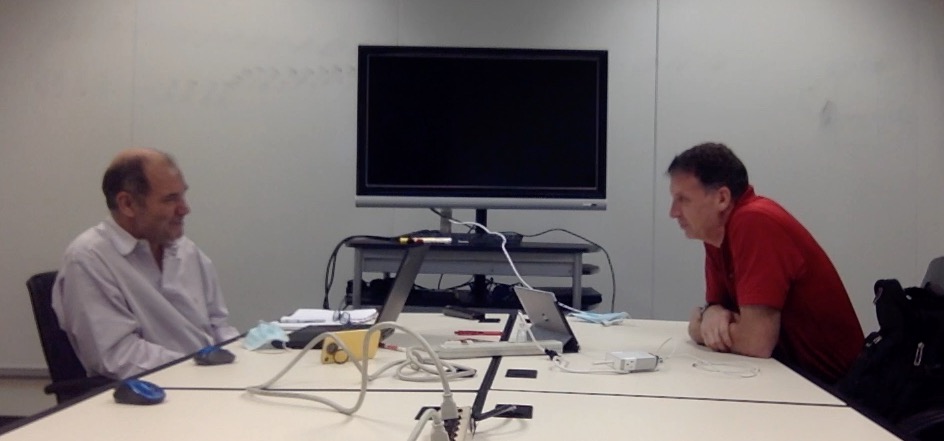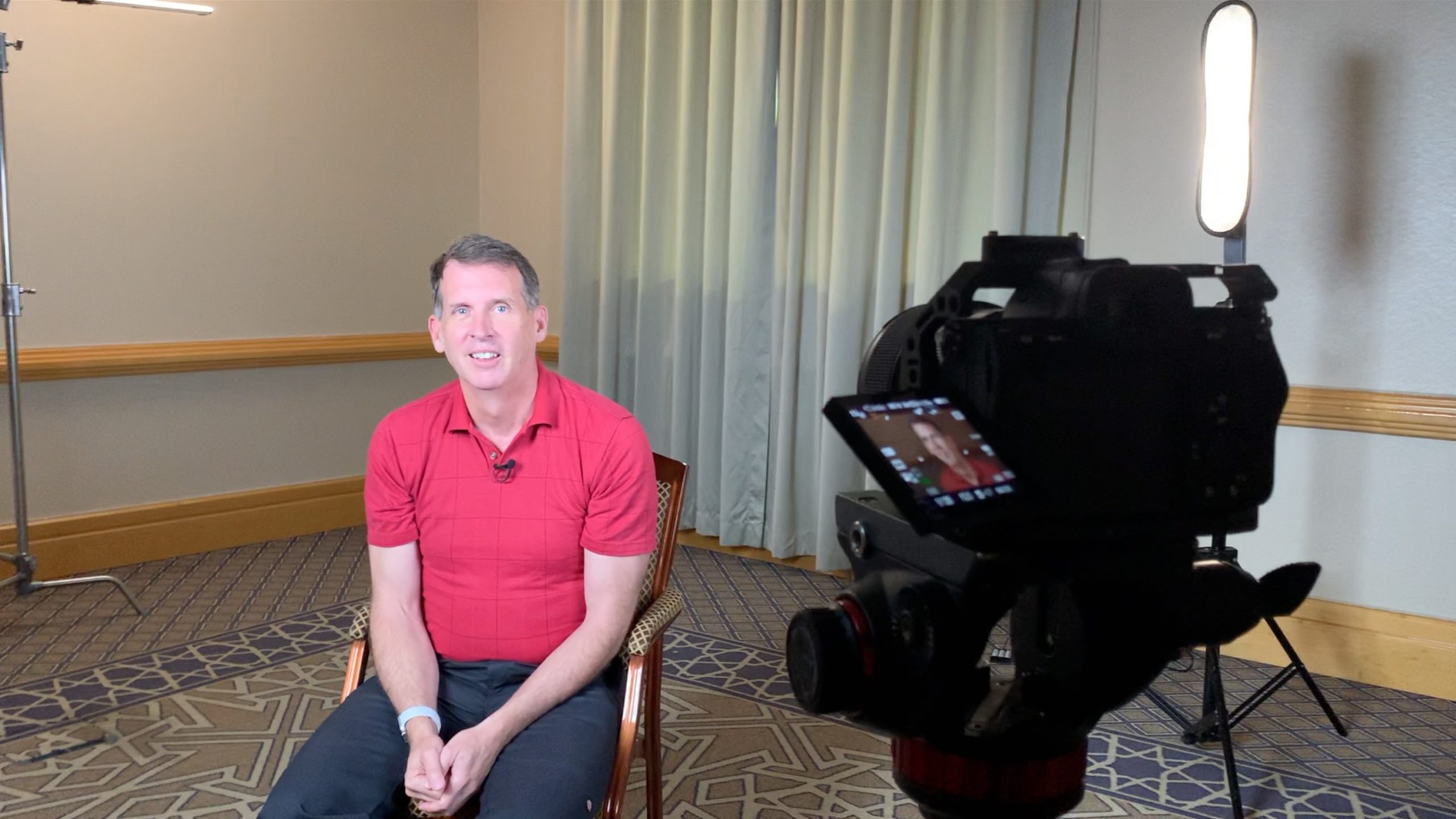This week’s post introduces the accounting cycle.
Creating a single balance sheet as of today, or an income statement that reflects one’s activity over the week is not too difficult to do. But financial reporting is most powerful when it allows us to analyze things over time, efficiently, spotting trends and comparing periods. Doing this requires a process, and that’s what the accounting cycle is.
The accounting cycle includes the following steps:
- Executing business events,
- Creating journal entries,
- Posting to the general ledger,
- Creating a trial balance, and
- Creating financial reports.
In the next few episodes we’ll discuss each one of these in more detail.
The accompanying textbook Balancing Act: A Practical Approach to Business Event Based Insights, is available here for download. Specifically, look at Chapter 5, Accounting.
This is Episode 213 of Conversations with Kip, the best financial system vlog there is. Literally learn more–about ledgers and financial systems–at LedgerLearning.com
Watch the next week episode at Accounting Cycle Step 1: Execute Business Events
Watch the prior week episode at Introduction to the Income Statement
Watch all episodes in order at the Conversations with Kip Playlist





[…] Watch the Next Episode: Introduction to the Accounting Cycle […]
[…] What the prior week episode at Introduction to the Accounting Cycle […]